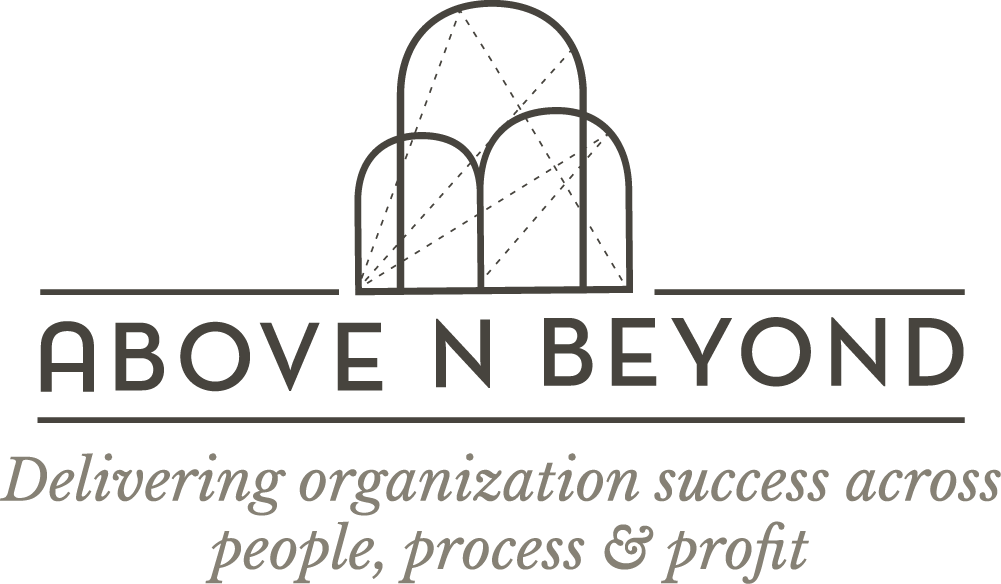Why Integrating New Leaders Well is Crucial for their (and the Organization’s) Success
In an earlier blog, we’d written about why it makes sense to consciously build a leadership pipeline internally; and why it needs to be done much before you actually need them to deliver. So, why should it be any different when it comes to hiring leaders from outside the organisation?
All too often, organisations spend considerable time and resources to find the most suitable leaders for their organisations (and rightly so). But they tend to overlook the need for the leader to transition seamlessly into their new role. Instead, new leaders are largely expected to hit the ground running, with just a basic induction process that hardly gives them any insights.
Most of the time, induction processes focus largely on the ‘What’ and ‘How’ but neglect the crucial ‘Why’ of the organisation. To be truly effective, incoming leaders need to be integrated into the organisation, as opposed to simply being ‘onboarded.’
There is enough evidence to prove that making integration a priority for new leaders can help them be more effective and deliver results much faster. Yet, too many companies simply stick to the basics when it comes to welcoming new leaders.
To truly integrate new leaders into the organisation, one needs to focus on these three areas:
Organization
Understanding the overall structure of the organisation, its goals, vision, mission and values is an important part of the integration process. So is the cultural integration to ensure alignment on ground rules. New leaders also need to have a detailed understanding of each function within the organisation, their business drivers and stakeholder landscape.
This is in addition to standard induction formalities such as post offer follow-up and providing one-on-one touchpoints in the form of a ‘buddy.’
Department/Function
The new leader needs to have an intimate understanding of how their function/department contributes to the overall organisation, what its goals are, and how they roll up to the overall organisation goals. Again, function-specific culture integration and understanding of ground roles are crucial; as is alignment on dynamics and expectations for inter-personal engagement.
Similarly, doing a team SWOT analysis can be a hugely useful exercise to help integrate the new leader into the team.
Role
Often, there is a serious mismatch between the leader’s understanding of the role vs what the organisation expects. Therefore, aligning expectations such that everyone is on the same page should be the first step. Expectations need to be aligned on measures of productivity, accepted management styles, parameters of success (KRAs), involvement expected from leaders in various internal initiatives, and other tangibles and intangibles.
Leaders also need to understand and appreciate the WIIFM (what’s-in-it-for-me). This includes an understanding of role outcomes and measures, growth potential and career paths. Other prerequisites for growth, such as an understanding performance measurement and work culture expectations at the organisation are key.
A self-SWOT analysis can also prove immensely valuable too.
—
The integration process should also include meetings with all key leaders to get their perspectives; deep dive culture and value sessions; an understanding of role dynamics and implicit needs. Short-term goal getting (for example: identifying three key weaknesses to plug within the first month) can set the path for future actions.
Of course, successfully designing a comprehensive integration program for incoming leaders is incumbent upon the availability of on-going support, and on overall execution and governance. Of course, there is no one-size-fits-all approach. There needs to be a differentiated approach based on levels and roles. But a well-defined integration strategy can be a great lead measure to ensure success in a new leadership role.
